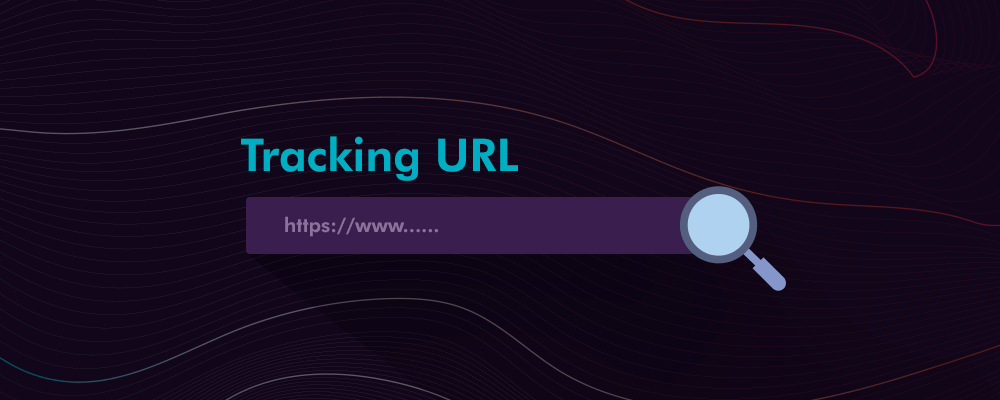Links are arguably the biggest asset for any digital marketer, and it’s not difficult to see why. Also referred to as a URL, a link is a gateway to your marketing campaigns. It is what your prospects/customers click on to see and interact with your offerings – in search engines, social media pages, blog posts, email newsletters, and so on. Let’s just say digital marketing would be largely impossible without URLs to click.

However, there’s so much more that can be done with your URLs, when it comes to setting up marketing campaigns. This is made possible with the advent of special URLs known as tracking URLs.
What is a Tracking URL?
As part of endeavors to know where traffic to a website is coming from, tracking URLs have become an effective way of revealing all the information needed. A tracking URL is a unique link that is created for the specific purpose of tracing where your visitors are coming from. A tracking URL will show you important metrics like the search engine from where a user clicked on your link; the keywords that were searched for, leading the user to visit your website; which of your call-to-actions initiated a response from a certain user; and so on.
An ordinary URL with tracking codes
An ordinary URL is your normal web link, such as www.leadsquared.com/products. Tracking URLs have codes embedded within them. These codes are responsible for tracking a certain URL. You’ve probably seen URLs that look like this;
www.leadsquared.com/products?utm_campaign=ExampleCampaign&utm_content=image&utm_source=email.
The above is what a typical tracking URL looks like. Let’s assume this URL takes a visitor to a landing page offering different products on sale. The tracking code for the landing page is everything in the URL from where the question mark (?). This is how a digital marketer would be able to tell exactly where a particular visitor came from.
It is worthy of note that the URL without the embedded code will still lead a visitor to the same page. The difference is that marketers won’t be able to track traffic.
The tracking codes in your tracking URL enables you to specify the source of your traffic based on certain metrics, known as UTM parameters. You can learn more on UTM parameters in this post (link this to the post on UTM tracking).
Tracking URLs with UTM parameters
Tracking traffic becomes more diversified when you do it with the Urchin Traffic Module (UTM) parameters. You can streamline your process to the tiniest of sources and be able to draw insights from those. We would describe each parameter briefly.
![]()
By Campaign
This is useful when you have multiple campaigns running. You could have an email campaign, a Facebook ad campaign, and a Google AdWord campaign running at the same time. A tracking URL embedded with a utm_campaign code ensures that you can easily tell which of the campaigns your traffic is coming from. As a result, you can easily rank each campaign in terms of performance and optimize accordingly.
By Source
The utm_source code embedded in your tracking URL shows you which of your marketing channels traffic is coming from. If it’s by email, Facebook, Google, etc.
By Content
Your landing pages contain content of different kinds. In most cases, marketers like to use more than one landing page in a campaign. This may be due to a difference in audience demography or part of A/B testing. Ultimately, this means a difference in headings, copy, lead magnets, and call-to-actions. A tracking URL with the utm_content parameter tells you, for instance, which of your lead magnets was clicked on and brought visitors to a certain Thank You page.
Using a tracking URL for offline campaigns
Most marketers run ads offline and do not bother to track the results, because it is supposedly impossible to track any marketing campaign that isn’t running online. I mean, how do you tell how many people visited your website after looking at your billboard ad or listing in a newspaper? The answer to that question lies in the use of tracking URLs.
The simple way to do this is to create custom landing pages for the purpose of measuring the amount of traffic coming from your offline campaign. Your call-to-action offer can be a tracking URL embedded with the applicable UTM code. A custom landing page for a billboard ad lets you know how many people came from the billboard engagement. If you end up converting a chunk of these visitors, it is an ample pointer to the fact that your billboard ad is effective. And vice-versa.








